QuestionQUESTION: During his annual check-up 2 months ago, a blood screen revealed that our 13 year old Chocolate Siamese Cross had hyperthyroidism. We had been concerned because of the weight loss and vomiting of his food. The medication prescribed was Tapzole at 2.5 mg per day.
Six weeks later, we returned for a follow up screen and the annual vaccinations. Within 3 days we noticed a considerable increase in the vomiting, and he went completely off food and water - to the point that he was hospitalized and IV fluids given. A second round of blood work showed only the early stages of kidney disease and a low protein diet prescribed. While he does now drink water, he still is not eating - not even his favourites. We have him home now, no more IV and appears alot less stressed than he was at the clinic. He purrs again and sleeps quite a bit and has made a few supervised visits to the backyard - even managed to get a bit testy with me this morning. There is still some vomiting, mostly green bile like substance. He does not appear to have any pain although his meow - when he does - is pretty pitiful.
We are baffled at the sudden turn of events with him. One day seemingly fine and then downhill so quickly with no apparent explanation. We have had him a long time and to lose him will be hard - but better home and comfortable than stressed out and sick in a kennel at the vets. As long as he is drinking and has control of his functions is it possible he will eat again? Thanks
What would cause him to
ANSWER: I know this seems like a sudden turn for you- but in reality stuff has been going on all along with your cat and then when it reaches critical mass you start to see symptoms. It's very difficult for the owners to grasp that but if you think about how animals have a survival instinct to not show us they are ill, then it makes more sense.
What worries me is that his pancreas sounds like it is inflamed. Vomiting bile is an indication of liver and pancreatic involvement and I am wondering if the Tapazole is causing this.
Some cats just don't do well on it at all. There are other treatments such as removing the whole thyroid gland and then putting him on thyroid hormones which are much safer than Tapazole.
This is something you need to discuss with your vet. If he is drinking water that is a good thing- but once a cat stops eating it is hard to get them to start. There are some drugs that help- a small piece of Valium sometimes triggers the appetite in cats. One of the things you can do is pour tuna water over his food. The smell of the tuna will entice some cats to taste their food. Once they taste food they usually do start to eat again. If that doesn't work try mixing a little tuna into the food.
Baby food in beef or chicken sometimes works also. You can put a dab of it into the side of his cheek pouch and let him lick it up that way, then put it in a dish on the floor. Once he does start eating he should eat the K/D or whatever the vet gave you. K/D is a highly digestible and tasty food that most cats really dig into. I started one of mine on it at 10 yrs old and he lived to be 19 yrs old.
There are other tricks out there I am sure you can Google, but be careful about what they are. Using common sense you can sift through them. If they sound strange, they probably are and shouldn't be tried.
Here are some suggestions that might help:
Hand-feeding
There are a variety of methods to get a cat to eat. The voluntary intake is the method most people use because it is obviously the easiest. You can make your cat's regular diet more palatable by warming it to room temperature or slightly above by microwaving or steaming. The addition of broth, either home-made or low-sodium canned type, to make a gravy will work well. The texture and how a food feels inside the mouth seems to be more important with cats than with other species. Some cats prefer chunks of food, others prefer ground or pureed foods. During an illness, your cat's preferences may change from what he prefers when in good health.
While most vets normally do not recommend top dressing a balanced cat food with cooked meats, baby foods, or cottage cheese, some will make an exception if it is needed to get food into an ill cat. Most veterinarians will prescribe an already pureed diet made specifically for the purpose of feeding stressed or anorectic dogs and cats. Of course, this diet is obtained from your veterinarian.
Placing the food in front of your cat and then stroking his head and neck can stimulate him to eat. Putting the first dollop into his mouth may be all he needs to continue on his own. You can also dab a little on his nose or paw and get him to lick it off. Some ill cats prefer to eat off a flat plate or out of your hand, instead of a bowl. If your cats seems to lose interest in canned food once it has been flattened to the walls of the bowl or edge of the dish, stir it up with a fork, back to your cat's preferred texture.
Syringe-feeding
If your cat will not voluntarily take in significant amounts of food, he can be force-fed by syringe. To do this, you can use a puree made with either your cat's regular cat food or a prescription diet, strained to remove the larger particles. There is a prescription diet already prepared in this form that is appropriate for most ill cats. Some vets use liquid diets, either those made for people and sold at pharmacies, or those made for veterinary patients. However, liquid diets are messy to use and it is difficult to feed a cat a significant volume of the diet with a syringe. Still, your cat may be willing to lap a liquid diet from a bowl.
To syringe-feed your cat, draw up a managable volume into an appropriate syringe. Your veterinarian will provide you with either a regular syringe without a needle or a feeding syringe with a special tip that can be inserted into the mouth and towards the back of the tongue. Insert the syringe either directly into the front of the cat's mouth, or through the side in the space between the upper and lower jaw. Squirt a little bit into his mouth and allow him to swallow. You should only syringe-feed a cat who is fully conscious and capable of swallowing.
So maybe that will help some. Ask your vet about the vomiting of the bile and about getting a small piece of diazapam from him.
Let me know if any of this works and how he is doing in a few days.
---------- FOLLOW-UP ----------
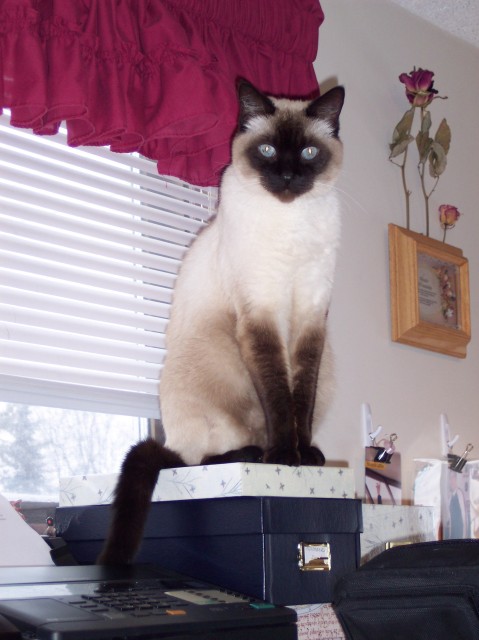 MrC
MrC
QUESTION: Good morning..
We have made progress and as we speak/type he is sitting here trying to help me... I used the syringe method to get him through the rough days [he still loves me] and he is drinking water. While he is not fussy about the one kd diet food, he is liking one designed for mature cats and low in protein. I also use a lovely little gel formula which he gets whether he likes it or not...Nutri-Cal for Cats. For the most part, he is back to normal - sleeping in his favourite places, greets us at the door when we come home from work... takes an interest in meal times etc. We have not put him back on the Tapzole - preferring to have him stabilized in all other areas before dealing with that again.
I really believed we were bringing him home to die, and this turn around is great.... thanks for your help. Photo attached - he looks much the same know, just a little thinner.
AnswerHi Linda,
Well this is certainly good news. Nutri-cal is a blessing when it comes to helping out a cat on the brink, so to speak. It sounds like that has helped along with your persistence in getting him to eat. He could continue to get better this way but you still have to deal with the hyperthyroid issue. I would have his blood worked checked again before putting him back on Tapazole.
The reason I say this is because maybe the azotemia he had from early stage kidney failure was elevating his thyroid hormones. So better to check first then to put him on such a tough drug.
Just keep up what you are doing- it seems to be working!
He looks great and I am very happy that you wrote to me and let me know how he is doing.
I hope I can hear more later. Thanks again,
Jana


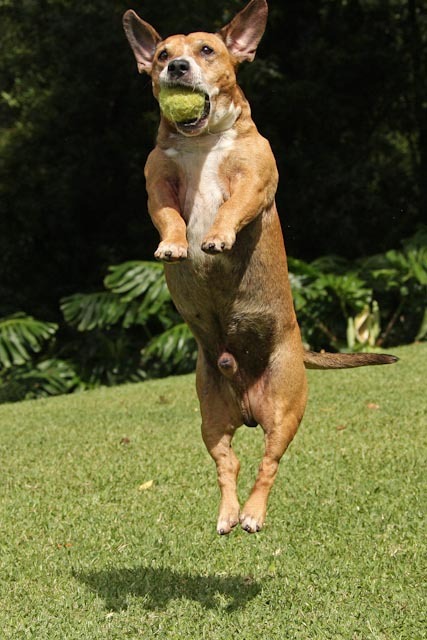 Dog - abdominal pain - eats lizards ?
QuestionOscar Dog
QUESTION: Hi Jana
Our 10 year
Dog - abdominal pain - eats lizards ?
QuestionOscar Dog
QUESTION: Hi Jana
Our 10 year
 labor in dogs
QuestionQUESTION: My female pomapoo went into labor aro
labor in dogs
QuestionQUESTION: My female pomapoo went into labor aro
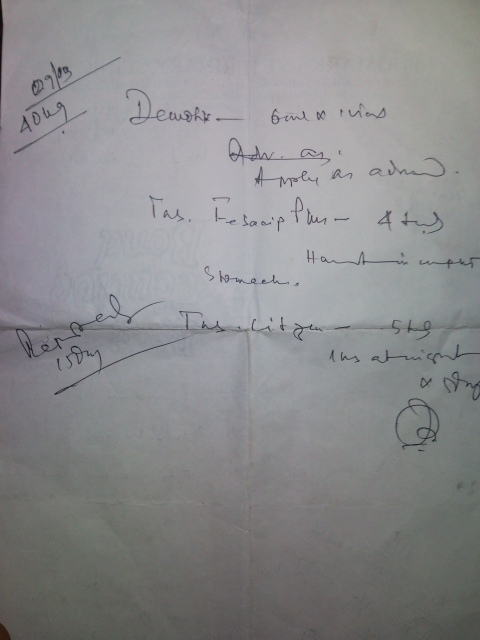 A Major Skin Rash : Please Help
Question
SNC00024.jpg
Sir,
I have a White Female Labra
A Major Skin Rash : Please Help
Question
SNC00024.jpg
Sir,
I have a White Female Labra
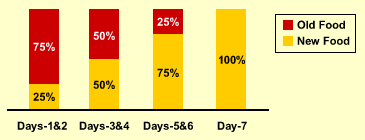 Strange noises in the stomach
QuestionQUESTION: Hello. I have a twelve-and-a-half-yea
Strange noises in the stomach
QuestionQUESTION: Hello. I have a twelve-and-a-half-yea
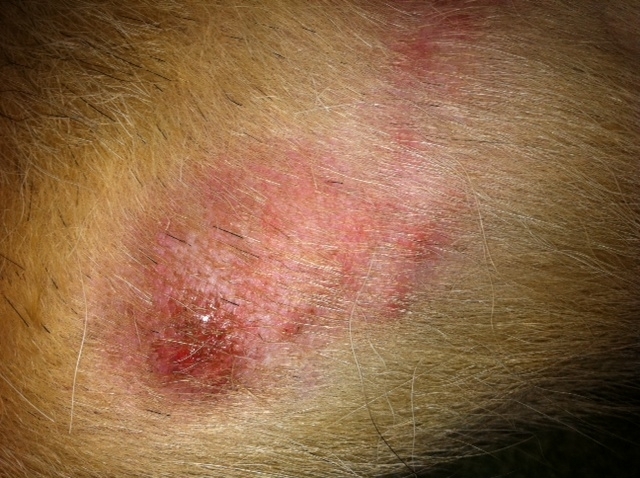 German Shepard Skin Problem
Question
Max
Hi, My 6 year old male German Shepa
German Shepard Skin Problem
Question
Max
Hi, My 6 year old male German Shepa